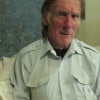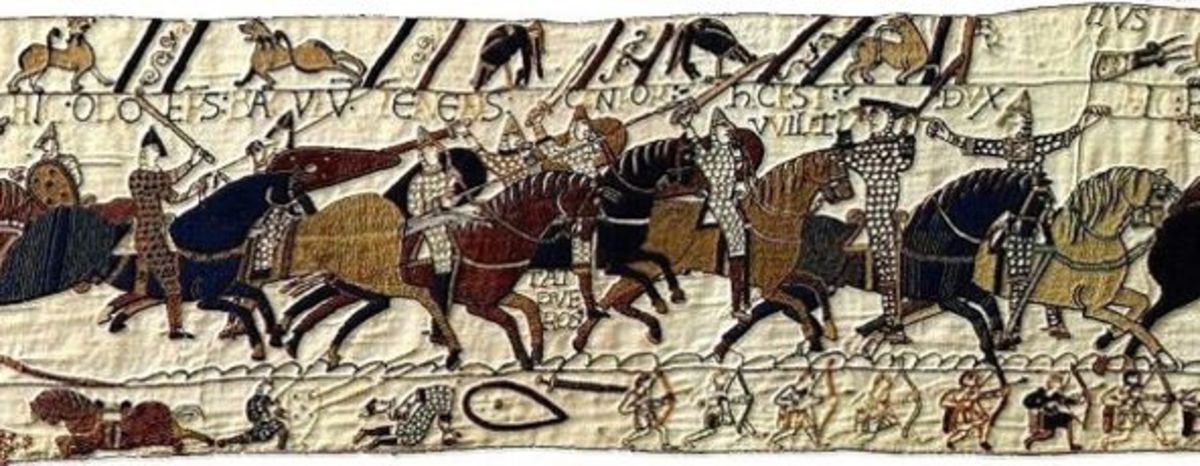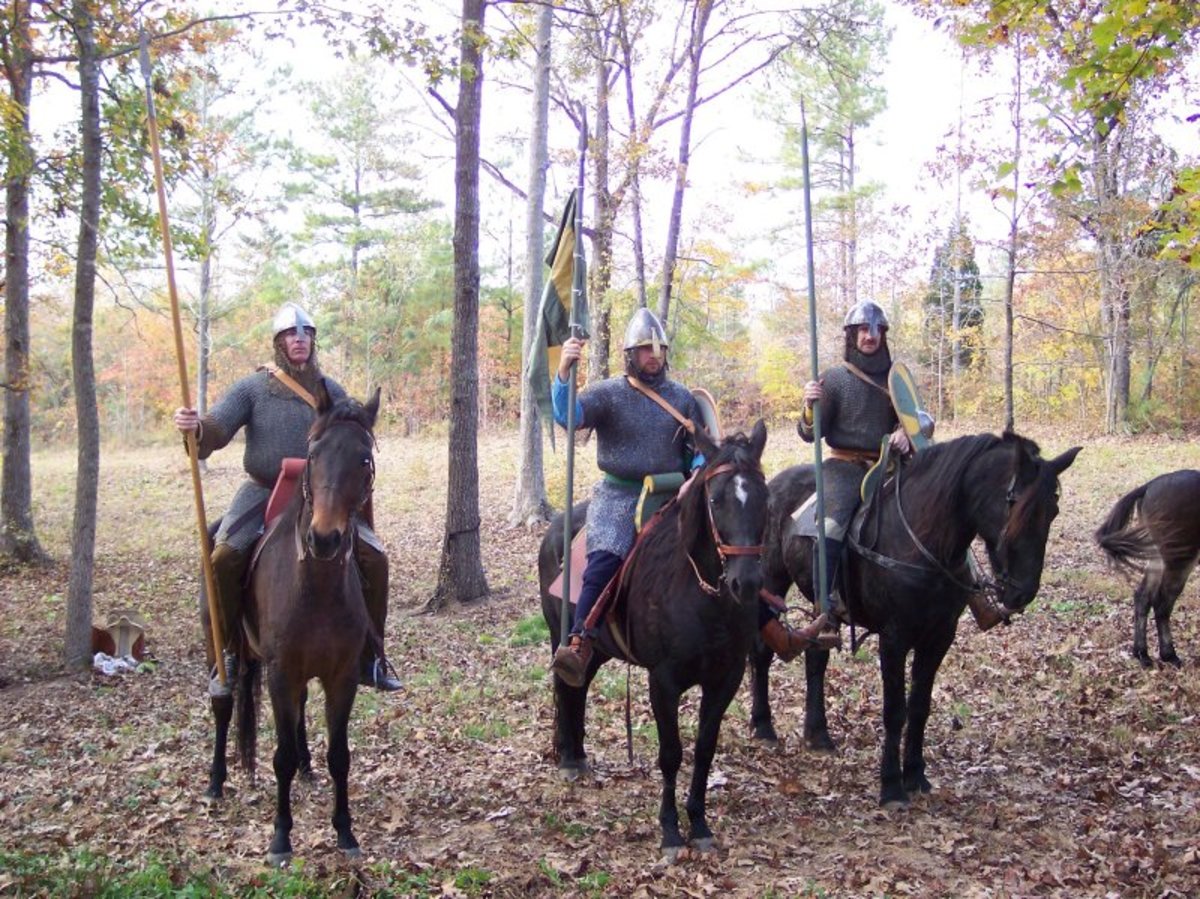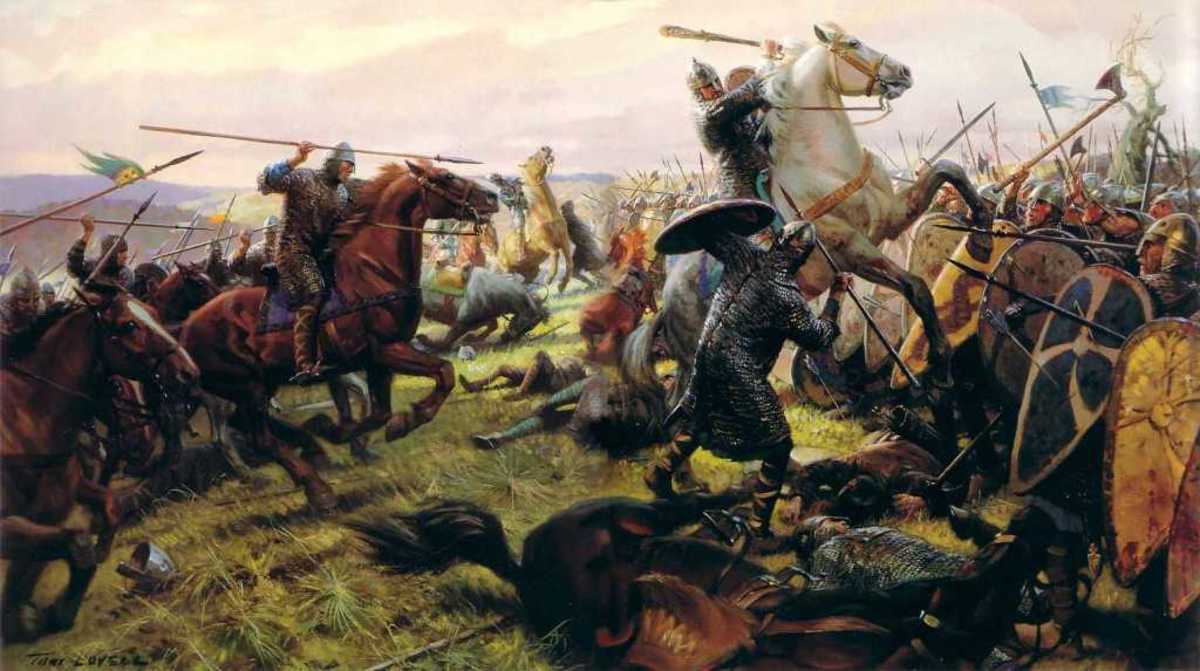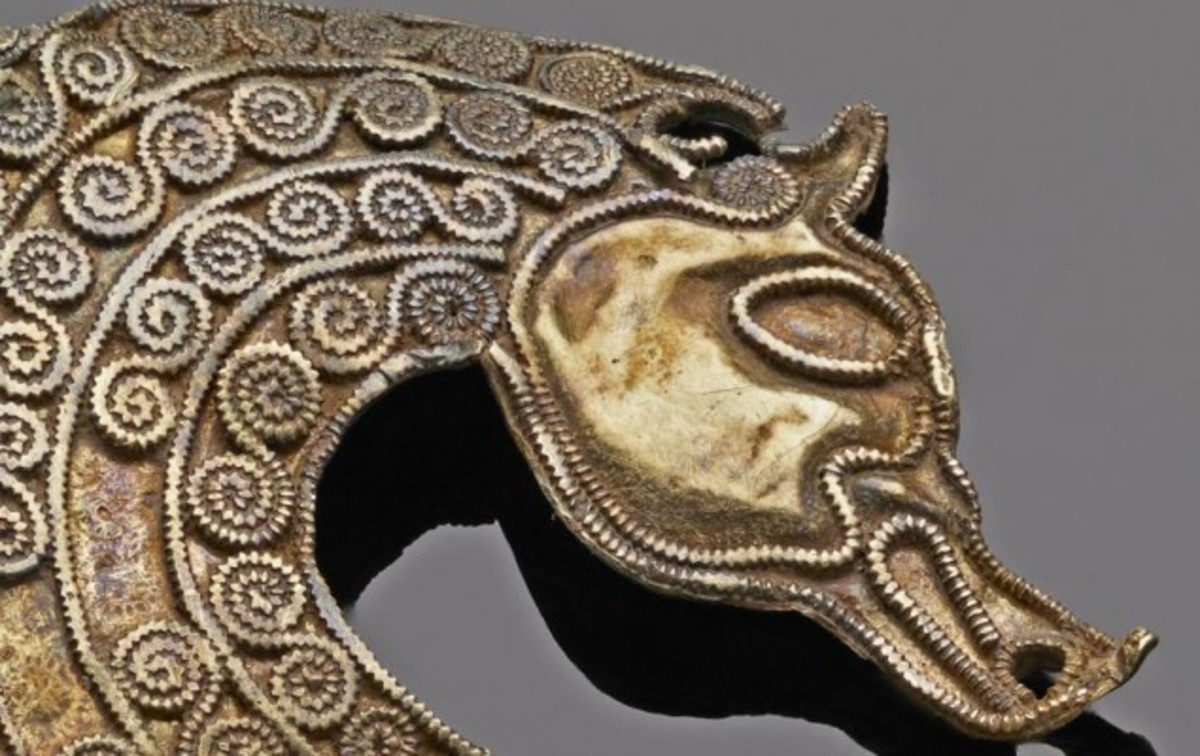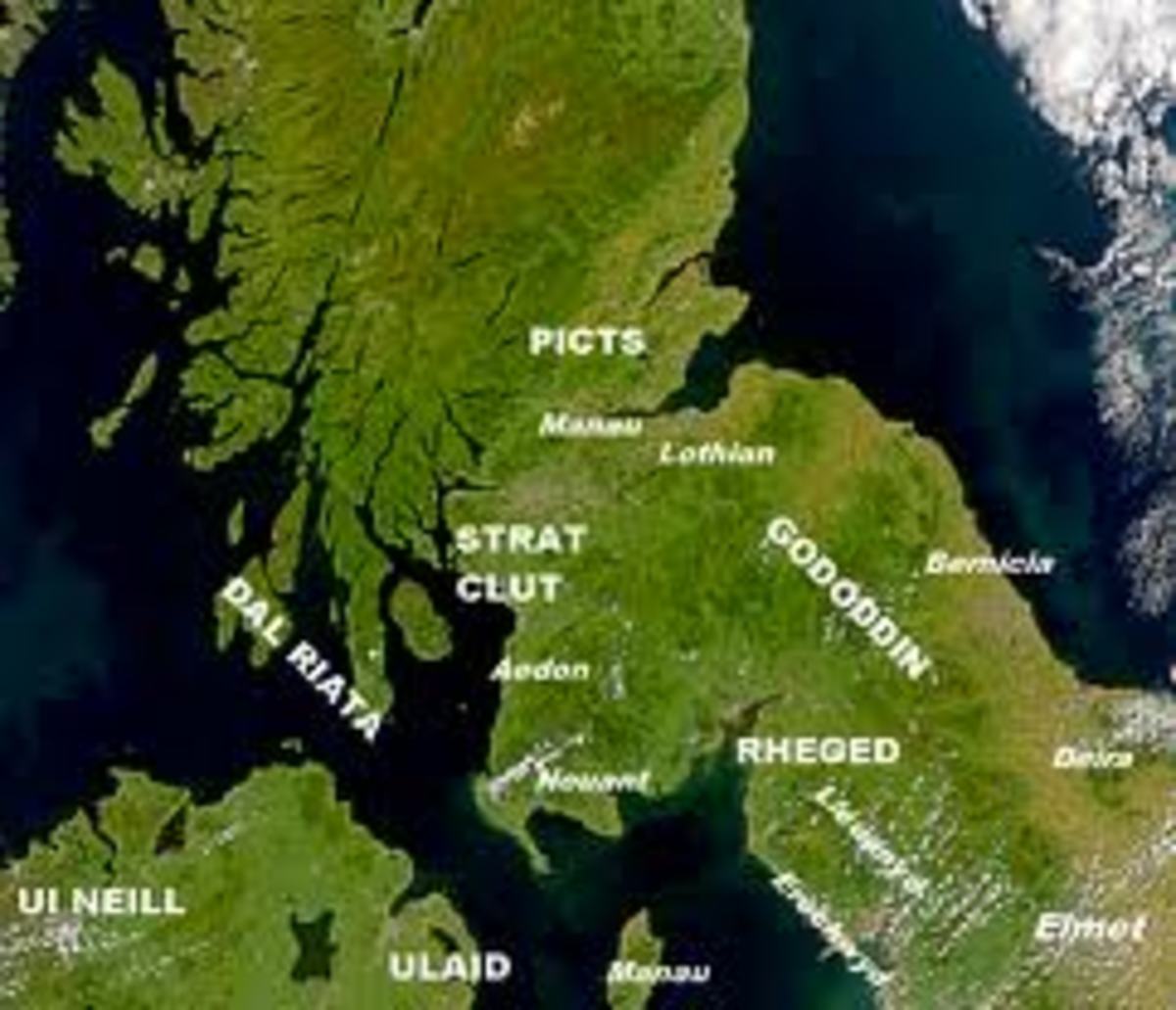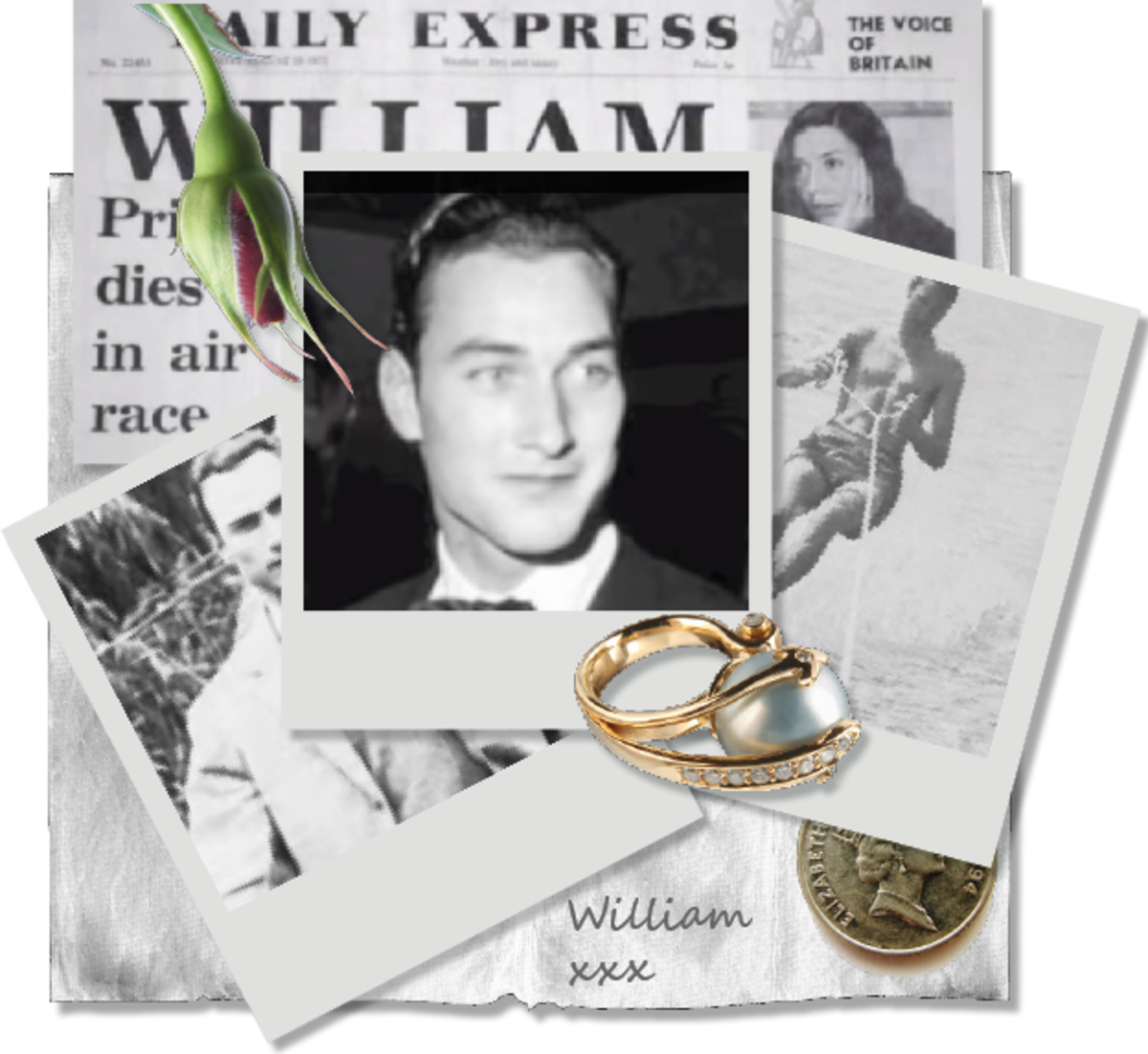- HubPages»
- Education and Science»
- History & Archaeology»
- History of Europe
Conquest - 10: Storm in the Kingdom - Eadric 'Cild' and the Welsh Princes in the West, Danish Landings in the East
Eadric 'Cild', also known as 'the Wild'

On the border with Wales...
Eadric 'Cild', the Herefordshire thegn also known as 'the Wild', with the men of Chester as well as Bleddyn of Gwynedd attacked the Norman earl William fitzOsbern's Hereford Castle and Roger de Montgomerie's Shrewsbury.
They burnt the town in an action that brought back memories of Earl Leofric's wayward son Aelfgar and Gruffyth less than a decade earlier. However Shrewsbury's castle garrison defied them, and when the attackers moved on to Stafford the situation was just the same. King William had been hunting in the Forest of Dean near Chepstow and was well placed to deal with the revolt on his way north to York.
In AD 1069 William's younger half-brother Robert of Mortain was told to contain the threat of the Danes, their fleet being based on Axholm, on the Lincolnshire side of the Humber. Because the Danes had destroyed the Anglo-Norman ships in their harbours as they made their way north along the coast to the Humber, the Normans were limited in their strategy options. They were able to stop the Danes foraging or raiding, but were unable to mount counter-attacks. Autumn rain held William in check at the River Aire, unable to cross because of a shortage of bridges over the river and fords were swollen. One of his knights did find a usable ford upriver and the Normans finally reached York. The burh was undefended, the rebels withdrawn, the Danes' fleet at large in the Humber and York a mass of charred ruins. The king made overtures to Jarl Osbeorn, to pay the Danes off, but he stayed himself in York. This was an unforeseen move, but signalled that he deemed the North beaten - at least as far as the Tees, Malcolm's Scots still held the Durham bank - and now as much a part of his kingdom as was the south. To underline the statement William had his regalia brought north from Winchester to wear for a Christmas court amid the ruins and stench of death.
He next set about destroying much of the land between the Humber and the Tees. Driving off the inhabitants in many areas, except those lands owned by either of his 'favoured rebels' Gospatric or Waltheof. Denizens of moorland and vale were driven off, with the threat of death if they returned, livestock and crops destroyed. Fields were razed, the Normans pursuing a tactic used in warfare across the Continent, despite clerical censure from his bishops and the pontiff Alexander. They also harried to the south of the Humber and Mersey as far as the Lincolnshire fenlands and Shropshire. Many inhabitants fled to Worcestershire to seek shelter, others fled north beyond Durham. At that time Cumbria was still within the former Kingdom of the Strathclyde Britons, in AD 1069 it was Scots held territory down to the River Ribble.
The aetheling (prince) Eadgar and a few of his followers hid in the York area and were flushed out by the harrying. Hotly pursued, they fled northward to Scotland. Their route took them by way of the coast and up to the Tees basin before they were able to throw off their pursuers and cross the Tees with the help of Gospatric's and Malcolm's followers. William advanced to the Tees in the light of Eadgar's escape, then on to the Tweed where he took the submission of Gospatric, and with him Waltheof who surrendered himself to the king's mercy. Oddly William did not exact revenge on Waltheof for the trouble he had put him to and the way Waltheof had reportedly cut down men of his Norman garrison at the gate of the castle as they fled.
Despite William's victory he still had nagging doubts about future northern rebellions, what with Eadgar still being at large and the likelihood of Maelcolm sending more men south with him. The king's drive for campaigning was undampened, however, despite the bitter weather. He still had his western frontier to think of - the Welsh princes lurked for now behind a mountain chain, but for how long?
A Pennine crossing almost brought on a mutiny by his paid men from Anjou and Brittany. With the high passes snowbound, it seemed to them that horsemen had never followed these tracks before in winter - they may have been justified in thinking so. Only his Normans did not complain, knowing better than to bring his scorn down on thmselves. Many of the knights' horses sank into rain-saturated Peak District bogs and added to the food supply as rations ran out. Rain and hail lashed into the exhausted men's faces on their westward march. Only William seemed unperturbed by the conditions, leading his men on foot at times with boundless energy and an iron will.
His kingdom was at stake, after all. Yet this was to show solidarity with his foot soldiers as much as to rest his exhausted mounts. Those who kept up with him without compaint would be well rewarded, he told them. Those who fell would be left - probably adding something about wolves to urge them on. Those who refused to go on would not be paid. He would cajole - or kill - depending on their potential usefulness.
Finally they reached Chester, taking the Mercians off-guard in the dead of winter. He had a castle built within the south-western corner of the Roman walls. Being there sent the Welsh princes Bleddyn and Rhiwallon a clear message that he was not to be trifled with. Roger de Montgomerie had already raised a castle at Shrewsbury, which along with William fitzOsbern's at Hereford helped secure the Marches. A further castle was added at Stafford. When the army reached Salisbury William dismissed them, giving preferential treatment to those who had endured the campaign without rebellion or complaint. Those who had performed well were rewarded with money and lands, those who had almost mutinied were kept on for another forty days, according to Orderic Vitalis. Should this be true, it means that was the customary obligation of military tenants to a lord. By this punishment William was sending a potent message to any vassals - high or low - who could sell their iron-willed king short when it came to serving out their duties.
By crushing the Northern revolt and paying off the Danes William had effectively secured his throne. Being ruthless, he thought, meant there would be no more attempts to unseat him. At Easter he had his kingship legitimised by having himself crowned again, this time by the pal legate, Ermenfrid of Sitten. One of the over-riding factors of the Pontiff's backing was that William had turned his invasion into a crusade. The Church in England, he maintained, was in need of reform from top to bottom. He took measures against the English abbeys over Lent in AD1070, taking their wealth from them because the English nobles were using them as store-houses or safe havens for their wealth. The king suspected some of that wealth was withdrawn periodically to pay for weaponry and men to resist his reign. Archbishop Stigand's deposition as an ally of the Godwin clan deprived some of a focus. He was replaced by William's household priest Lanfranc, a former Italian legate who had become abbot at William's Abbaye aux Hommes at Caen. Lanfranc had a name as a 'new broom'. The arch-see of York came up after the death of the encumbent Ealdred the year before and a man loyal to William was needed to fill it. The post was given to Thomas, a chaplain of William's. There were many further changes in the Church and the abbeys for the broad masses of the day these were not merely clerical moves, but had a deeply political and financial undertow. Senior clerics were, in facr, the civil servants of royal government.
Sources remind us of the impact of the Conquest on the Church as a whole, especially monks, as new and unwelcome imposition. This new king was ridding himself of any or all potential enemies.
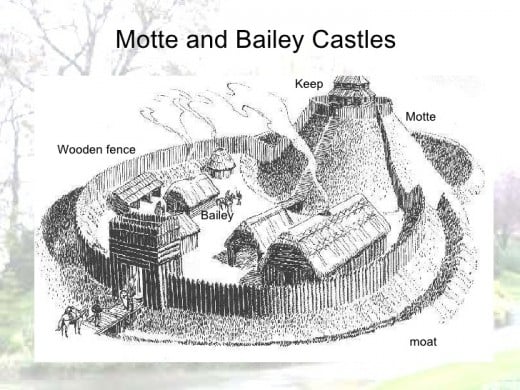
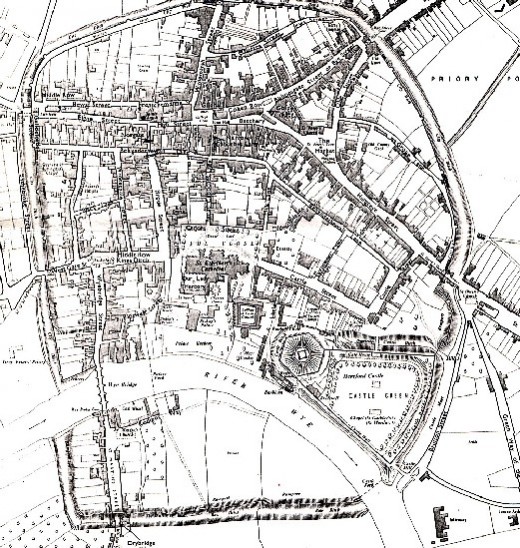
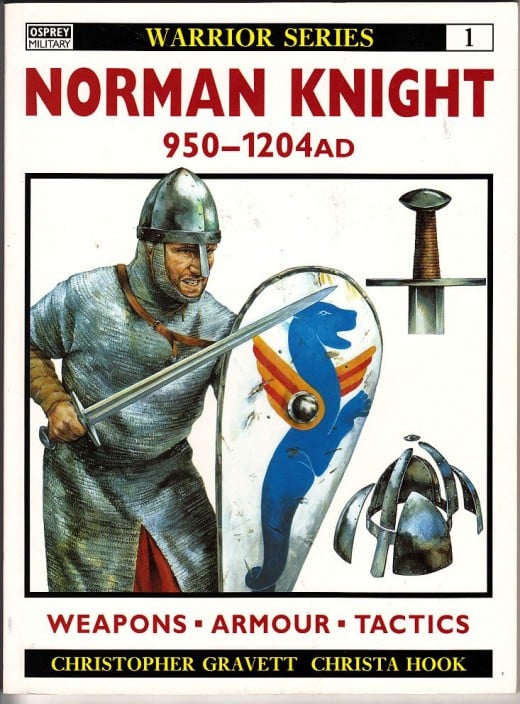
Useful and interesting for research and information, 'Norman Knight, AD 950-1204' , another of the Osprey Warrior series that describes the subject through full colour illustrations, photographs of equipment, extensive notes and data. Handy to understand what goes where if you write about it. I've had my copy for a while now... A boon for military modellers
Turncoat
Eadric 'Cild' was given back his lands and went with King William on his Scottish campaign, turning his back on fellow rebels. William had taken the surrender of Earl Morkere, Siward 'Bearn' and others when their stand at Ely was broken. Both men were taken into captivity, Siward later released to leave England for the east.
King Maelcolm III, 'Canmore' had wedded Margarethe/Margaret, sister of Eadgar 'the aetheling, and had given sanctuary to Eadgar as well as his northern allies and kinsmen after the 1068 and 1069 risings in Durham and Yorkshire. In 1069 Maelcolm had brought his men south to the Tees and blocked William's advance north then. William forced the Scots' king to agree to a treaty in 1074 at Abernethy, south-east of Perth - overlooking the Firth of Tay - and his son Donald Bane by first wife Ingiborg (she had been married to Jarl Thorfinn of Orkney, who died in 1065) was taken as hostage against Maelcolm's 'good behaviour'..
Next - 8: Hereward's Fenland Rebellion
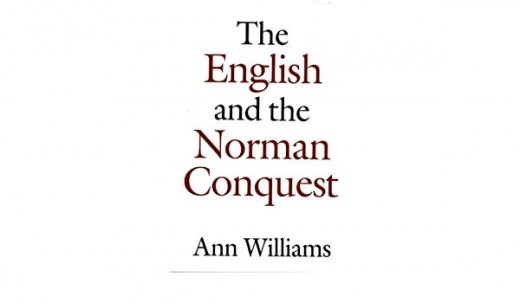
Another one from my library that could be handy for your purposes. Ann Williams' work tells how various groups of rebels took matters into their own hands. In 1069 Northumbria rose and took York with the Danes to help set the aetheling Eadgar on the throne. He ended up fleeing along the coast to the Tees. William then had much of the land, crops and homes razed, livestock run off or slaughtered, people made homeless between the Tees and Lincolnshire in the east, Chester to Shrewsbury in the west.
In 1070-71 Hereward led a rising from Ely over the winter along with many of the nobles who had sacked York's Norman stronghold. A monk led William's men onto the isle by a little-known path. Many Englishmen such as the erstwhile earl Morkere were imprisoned, some just vanished, perhaps to join the many groups of 'green men' who lived in the dense woodlands such as the Shire Wood (modern day Sherwood Forest) and the Brunesweald further south..
© 2012 Alan R Lancaster
